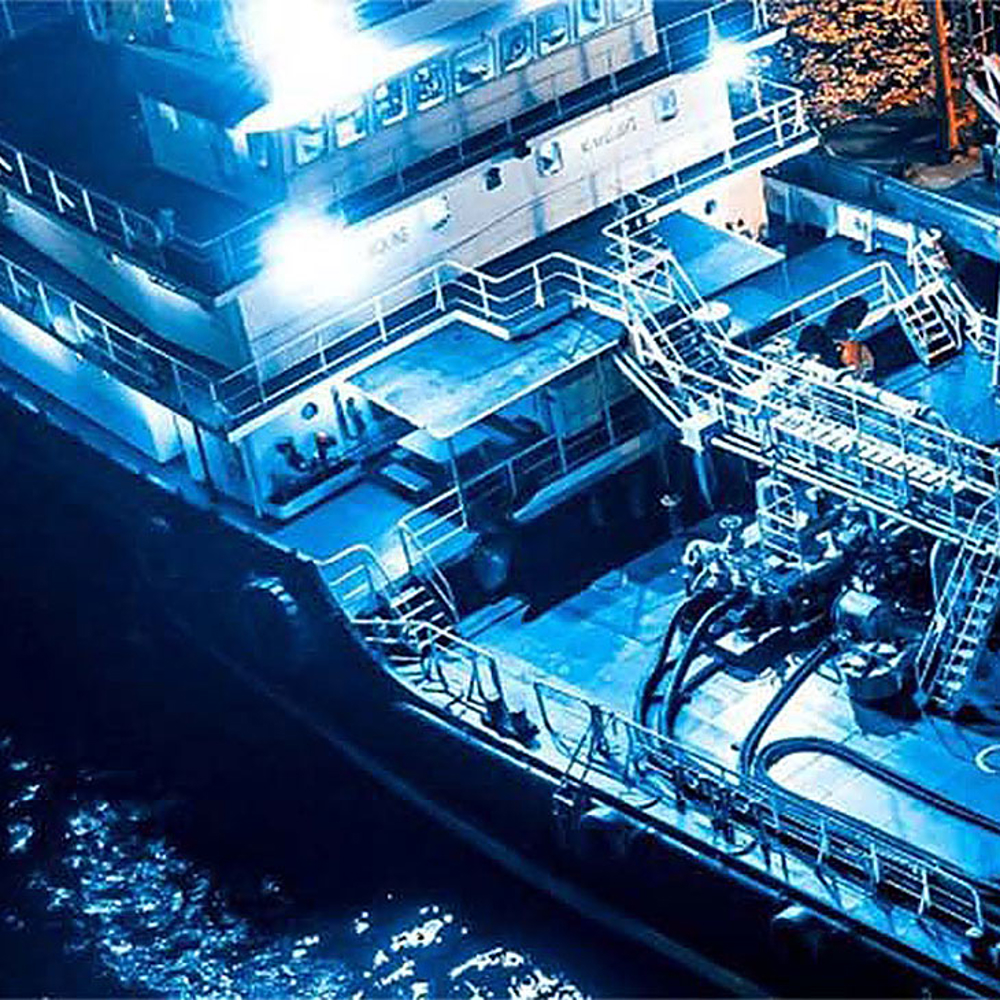Soaring demand means that containership operators can capitalise on a major commercial opportunity by maximising the capacity of their vessels. At the same time, the loss of cargo as a result of inaccurate or over-ambitious stowage plans carries large financial and reputational risks.
Container shipping is in the middle of an extraordinary year. Charter rates are at their highest since 2005, and global box trade is expected to increase by some 6% in 2021 as a whole. With the Shanghai Containerized Freight Index reaching a record high in April, and with near-term demand continuing to look strong, containership owners and operators have a clear opportunity to capitalise on a period of unprecedented demand.
Making that a reality, of course, means ensuring that every containership runs as profitably as possible. For a vessel to deliver the optimum return, loading must be quick, restows limited, time in port reduced (to reduce fees) and carrying capacity and utilisation rates maximised.
Those objectives must also be set against the need to load safely and securely. While operators will naturally want to carry as many containers as possible in this market, they’ll also be only too aware of the consequences of lost cargo – the disruption to operations and the potential financial, reputational and environmental costs. As a result, naval architects, shorebased cargo planners and onboard cargo officers are under greater pressure than ever to strike the right balance between capacity and stability.
Balancing priorities
Achieving this is an inherently complex task. From a best practice perspective, advanced stack assessments should be carried out to understand the forces likely to be exerted on the stack during the voyage. There is a range of issues to consider here: twistlock separation, corner post compression and lashing bridge stiffness. Only by modelling the complex behaviour of stacks and lashings can you be sure of selecting the right container stack arrangement.
There are other, less standard, considerations that need to be taken into account to ensure planning accuracy – most notably sea area, season of voyage and the likely impacts of ship roll angle and wind load on the stack.
Some Class rules unnecessarily restrict the vertical centre of gravity of on-deck stacks, for instance, which leads to inconsistency and uncertainty. The accuracy of software used to calculate carry capacity can sometimes be questionable, creating additional doubt. And a lack of hard evidence can cause shorebased planners and onboard cargo officers to disagree on stowage plans, heightening the potential for mistakes to be made.
Ultimately though, because the more customised calculations of sea area, season and roll angles are rarely undertaken, planners either opt for a more conservative arrangement (potentially leaving containers rolled over) or are overly optimistic about the integrity of the stack and so are at risk of losing containers at sea – and reputations on land.
It is with this situation in mind that LR is expanding its BoxMax offering to include a portfolio of tools designed to identify and optimise safe container stowage limits. Two new BoxMax packages are being launched as part of this update, both of which build on the approved container securing system of BoxMax Assured Stowage.
BoxMax (V,W,L) Flexible Stowage 1
BoxMax Flexible Stowage optimises stowage in the context of the journey. Environmental data is leveraged to ensure that container capacity can be fine-tuned for global operations. Vessel optimisation coefficients are programmed into planning and onboard container securing software using our LashRight Solver integration, and are based on three factors:
Route – BoxMax predicts how a vessel will respond to probable weather conditions on an intended route.
Season – stowage is further tailored to the season during which the voyage is being made.
Weather – fine-tuning is made based on the predicted weather forecast for short voyages.
BoxMax(M) Customised Stowage 2
BoxMax Customised Stowage builds on the above and allows users to build stowage models tailored to vessel motion response. This is made possible via additional functionality in the form of customisable coefficients for specific vessels based on roll angle and wind speed provided in a simple transparent framework. Stowage acceptance criteria can be fine-tuned based on how users predict and manage vessel motion response at sea (where applicable).
Delivering transparency and reducing uncertainty
Driven by state-of-the-art engineering and naval architectural analysis, both BoxMax Flexible Stowage and BoxMax Customised Stowage are embedded in easy-to-use industry standard tools. Clear and simple graphical user interfaces provide at-a-glance visibility of stowage arrangements, ensuring that everyone involved in cargo planning can work to a common – and concrete – understanding of safe loading limits.
BoxMax provides an optimised and assured framework that ensures security, accuracy, and optimal carrying capacity. By reducing uncertainty and maximising the commercial value of a vessel, BoxMax drives competitive advantage while providing naval architects, cargo planners, and ship masters with the assurance they need that a containership will always be loaded within safe parameters for any given voyage.
1. BoxMax(V,W,L) class notation: V, W and L stand for voyage, weather and limited.
2. BoxMax(M) class notation: M stands for ship motion monitoring.







